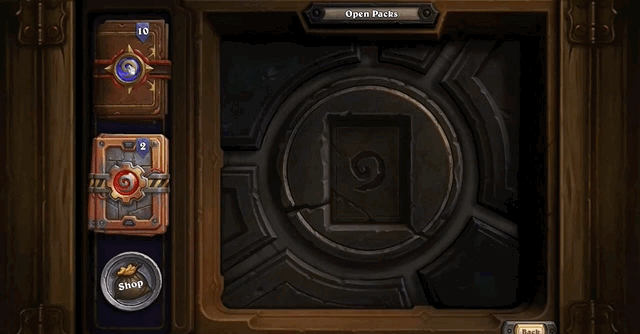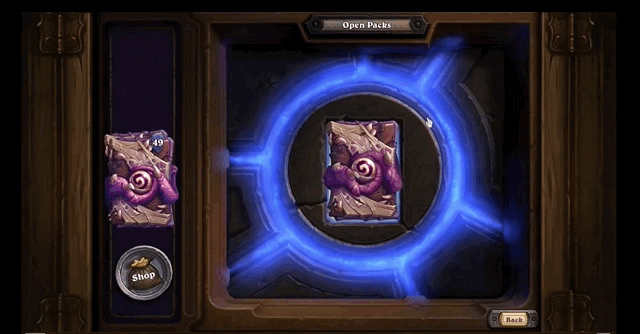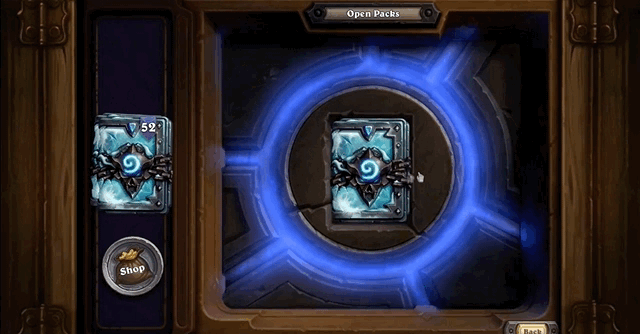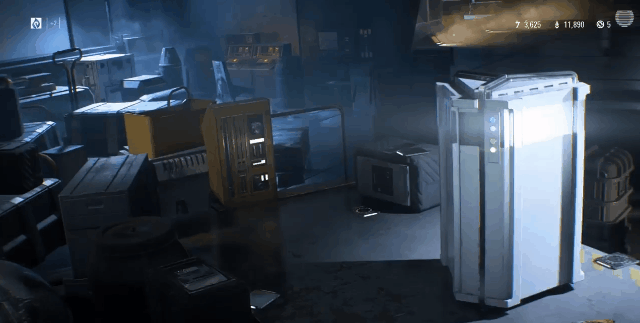
Voxels (VOX) — Future of Virtual Reality

Imagine if you could capitalize on the explosive growth of cryptocurrencies and the power of virtual reality in one investment. Would that be something you’d be interested in? I sure am. That’s why I am buying up all the Voxels I can get, which is currently trading at $.23. Believe me when I say that Voxel will be the OFFICIAL currency of virtual reality. This cryptocurrency has been created by Voxelus, a leading virtual reality world builder and marketplace, AND it’s compatible with Oculus Rift and Samsung Gear VR. As of today, Voxelus is the world’s largest source of virtual reality content, with more than 500 unique assets, 50 working games, and 7,000 additional pieces of content through their partnerships. I can confidently say that in 2020 Voxels could be trading at $1.50 a coin because the team is lead by legendary entrepreneur Halsey Minor,
have strategic partnerships, an upcoming release of their first
standalone game, and several other drivers of growth that I will outline
below.
Basics:
- Voxelus is a platform that allows anyone, anywhere to create and play VR games without needing to write a single line of code
- The platform consists of the Voxelus Creator, a 3D design app for PC and Mac; Voxelus Viewer, which works on desktop PCs, Oculus Rift, and Samsung VR devices; Voxelus Marketplace, which allows creators to sell and user to buy VR content and games for the Voxelus ecosystem
- The only form of payment within this ecosystem is Voxel, the in-game cryptocurrency
- Ticker: VOX
Price: $.23
Ranking by Market Cap: 70
Market Capitalization: $47,036,640
Circulating Supply: 210,000,000 VOX
Max Supply: 210,000,000 VOX
Average Trading Volume: $8,316,144
Consensus: PoW

Team:
- The Voxels team is lead by no other legendary entrepreneur than Halsey Minor. Mr. Minor was the founder of CNET, co-founder of Google Voice, Salesforce.com, OpenDNS, Uphold, and Rhapsody.
- The development team is led by Argentinean software industry veteran Martin Repetto. Mr. Repetto previously created, Atmosphir, a video game creation tool that was the runner up on the TechCrunch 50 in 2008. He was also the CEO of Minor Studios.
- The business development and marketing teams are based in Los Angeles. The development and operations teams are located in Rosario, close to Buenos Aires, Argentina
- As of 2016, the Voxels team has 10 individuals working on this project full time
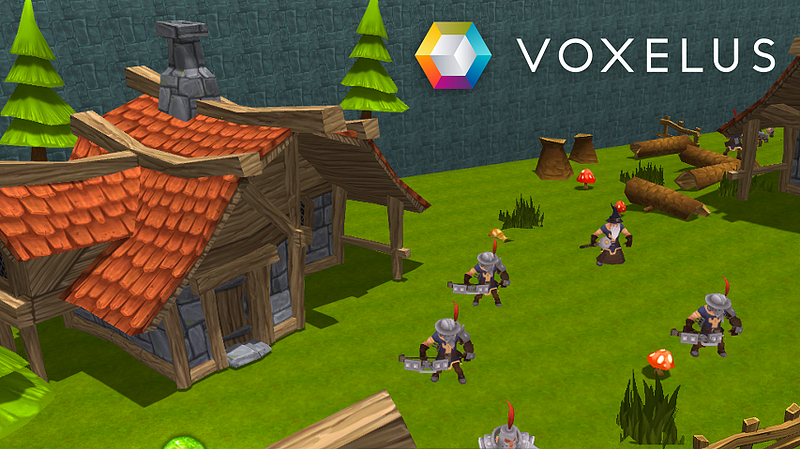
Drivers of Growth:
- Simply put, the team. Mr. Minor is arguably the most impressive and seasoned leader I have ever come across in the cryptocurrency space. He will squeeze every ounce of value out of this project
- The Voxels team is on the verge of launching their first standalone game, Xtraction Royale. The game will be compatible with Oculus Rift, HTC Vive, and Steam VR. These are all large VR platforms with a good portion of the total VR market share
- Voxels has engaged in a recent partnership with Flatpyramid.com, which will give Voxels users access to 7,000 digital assets like animated characters and environments
- The team established the Voxel Foundation to help expand Voxel’s ecosystem to a variety of network games, VR platforms, and various entertainment outlets. The team has dedicated $5 Million Voxel towards this effort, with the option to add an additional $10 million
- The team is currently undergoing a rebranding effort that should help boost their market exposure and increase public awareness. They have also alluded to introducing a newly formed partnership once the rebranding has been completed
- Voxel has multi-platform wallets for MAC, PC, and Linux
- It has been estimated that the market value for VR in 2020 will exceed $40 billion and Voxels will be at the epicenter of that explosive growth. Current market value for VR is about $6 billion

Headwinds:
- Both VR and cryptocurrency are very young, evolving types of technology, so there will be lots of growing pains as a result. However, this team is lead by arguably the best leader which will help them navigate through the turbulent times
- Since regulation will always trail innovation, the digital currency space can be subject to new regulations in the future
- As of now, Voxels’s growth has happened purely through word of mouth. There has currently been no marketing dollars spent on this project
Summary:
Since this project is so unique
we will have to do a little math and make some assumptions to get our
price target. The current market value for VR is about $6 billion and
the price of Voxels is:
- Price: $.23
Ranking by Market Cap: 70
Market Capitalization: $47,036,640
Circulating Supply: 210,000,000 VOX
As I previously mentioned, it is estimated that the market value for VR will reach $40 billion by 2020. So, if you apply the same growth rate to Voxel’s current price, it would be valued at about $1.50 a coin in
2020. However, this is assuming that Voxels market share stays the same
into 2020, but I will promise you it will only grow from here.
Voxels Team… Let’s change the world!!

Source:Hacker Noon


